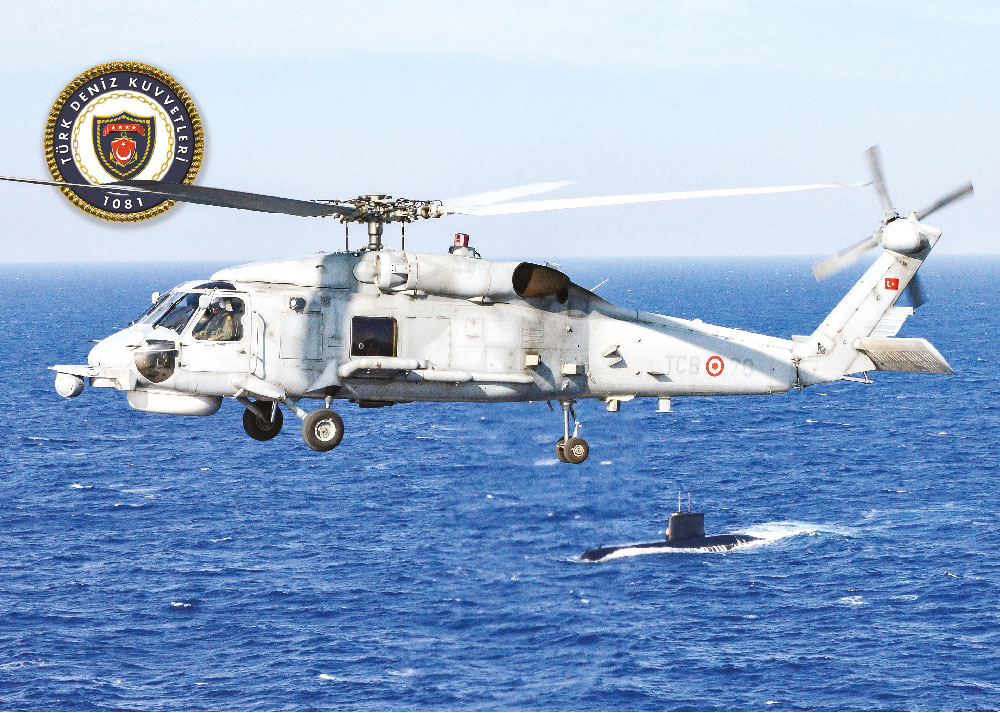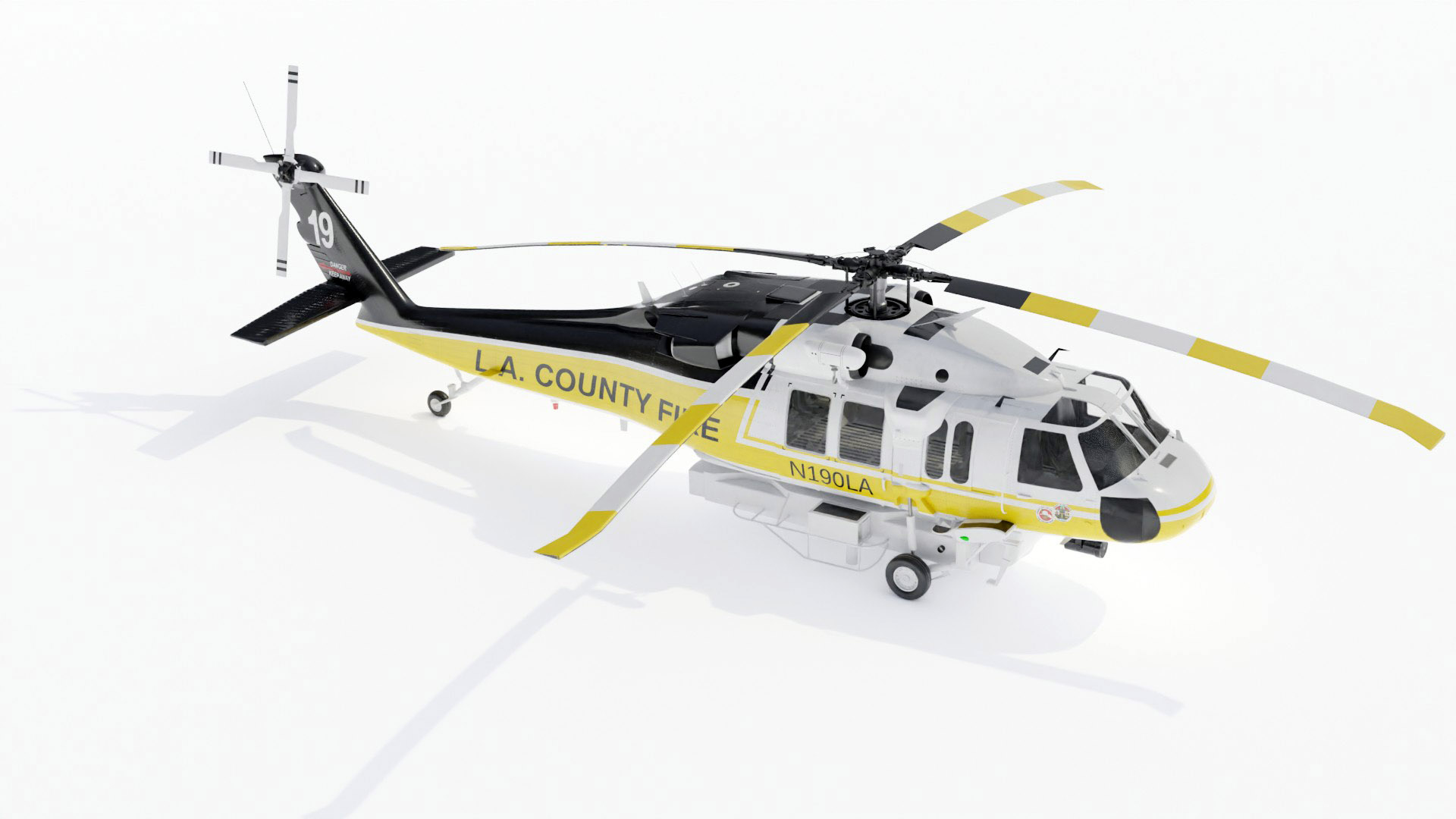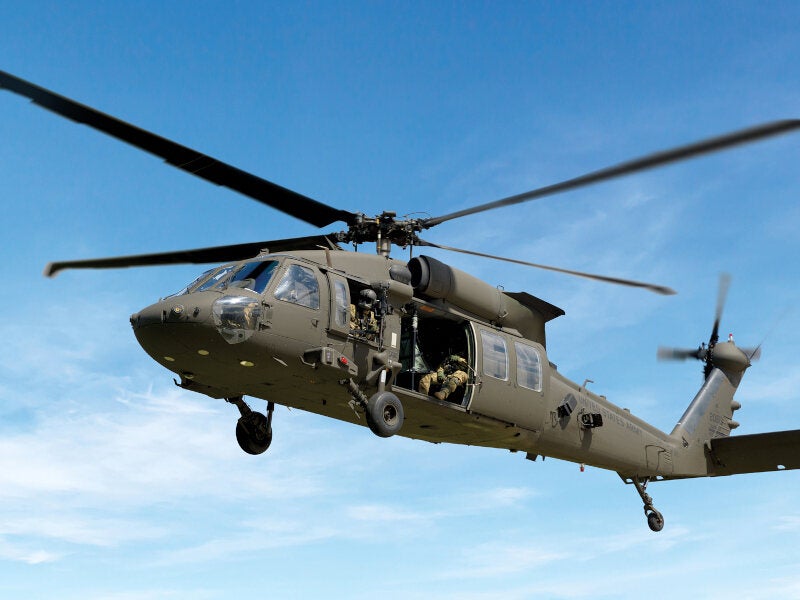High-Performance Multi-Role Rotorcraft Featuring Advanced Cockpit Technologies and Integrated Sensing Unit Systems
The world of rotorcraft modern technology has actually seen significant developments in current times, particularly in the world of high-performance multi-role rotorcraft geared up with cutting-edge cabin technologies and effortlessly integrated sensor systems. In the complying with conversation, we will explore the development of rotorcraft innovation, delve right into the realm of innovative cabin innovations, and check out the ramifications of integrated sensing unit systems on the functional flexibility and effectiveness of modern-day rotorcraft.
Advancement of Rotorcraft Modern Technology
The advancement of rotorcraft innovation has been noted by substantial advancements in the rules of aerodynamics, materials, and propulsion systems, shaping the capabilities and efficiency of modern-day rotorcraft. Aerodynamic enhancements have actually boosted the performance and maneuverability of rotorcraft, permitting boosted speed, agility, and security throughout trip (sikorsky s 70). Innovations in materials, such as making use of composite materials and advanced alloys, have brought about lighter yet more powerful rotorcraft structures, boosting general performance and toughness. Furthermore, innovations in propulsion systems, including a lot more effective engines and cutting-edge propulsion technologies, have made it possible for rotorcraft to attain greater altitudes, faster speeds, and greater hauls.
These improvements have not just changed the capacities of rotorcraft yet have actually also expanded their applications throughout different sectors, including armed forces, commercial, and emergency services. The continuous advancement of rotorcraft modern technology remains to drive advancement in the area, pressing the boundaries of what is feasible and shaping the future of upright flight.
Advanced Cabin Innovations
Structure upon the foundational improvements in the rules of aerodynamics, products, and propulsion systems, the realm of rotorcraft modern technology currently moves focus towards pioneering Advanced Cockpit Innovations. The integration of cutting-edge technologies within the cockpit atmosphere plays a critical function in enhancing the functional capacities, security, and efficiency of modern rotorcraft. sikorsky s 70. Advanced Cabin Innovations incorporate a vast array of attributes designed to offer pilots with improved situational understanding, structured information administration, and user-friendly control user interfaces
Among the crucial improvements in cabin layout is the implementation of glass cockpits, which replace typical analog determines with high-resolution screens. These electronic systems offer customizable formats, real-time information assimilation, and enhanced readability, making it possible for pilots to gain access to critical details at a look. Additionally, advanced avionics systems, such as fly-by-wire controls and boosted fact displays, are changing just how pilots engage with the airplane, enabling specific control and boosted decision-making capabilities.


Including sophisticated cockpit technologies not only boosts pilot efficiency however additionally adds to general objective effectiveness and security in complex operational settings. By leveraging modern technologies within the cockpit, rotorcraft makers are establishing brand-new standards for functional excellence and mission success.
Integrated Sensor Systems
With the development of rotorcraft innovation, the assimilation of advanced Integrated Sensing unit Equipment has become vital in improving functional effectiveness and safety. These Integrated Sensing unit Equipments incorporate a large range of technologies that give important data for numerous functions such as navigating, monitoring, targeting, and environmental surveillance. By perfectly incorporating sensing units like radars, cameras, lidar, and infrared systems into rotorcraft, operators can profit from boosted situational recognition, boosted goal capabilities, and minimized pilot work.
One secret benefit of Integrated Sensing unit Systems is their capability to gather real-time information and give workable insights to pilots and mission drivers. wikipedia reference Advanced radar systems can find and track targets over long ranges, enabling for very early hazard discovery and effective feedback preparation. In addition, incorporating electro-optical and infrared cameras enables rotorcraft to perform reconnaissance and monitoring missions with precision and accuracy.
Fundamentally, the assimilation of sophisticated sensing unit innovations into rotorcraft not just boosts functional performance however also adds substantially to total objective success and team security. As rotorcraft remain to evolve, the role of Integrated Sensing unit Systems will unquestionably continue to be at the leading edge of innovation in the aerospace market.
Operational Adaptability and Efficiency
Enhancing functional flexibility and effectiveness in rotorcraft is an all-natural development from the integration of innovative Integrated Sensing unit Solutions. By leveraging the understandings and information provided by these advanced sensing unit systems, rotorcraft can maximize their efficiency across different goals and environments.
Functional flexibility incorporates the capability of rotorcraft to adapt to various roles and circumstances effectively. With innovative cockpit innovations and incorporated sensing unit systems, rotorcraft can perfectly change in between tasks such as search and rescue, clinical evacuation, surveillance, and a lot more. This flexibility improves the rotorcraft's ability to meet diverse operational requirements without needing substantial reconfiguration.
Performance in rotorcraft procedures is important for i was reading this making the most of mission efficiency and resource usage. Integrated sensor systems play a critical role in enhancing functional efficiency by supplying real-time data on weather condition conditions, surface mapping, target monitoring, and more. This data enables pilots to make enlightened decisions promptly, enhance flight courses, save gas, and enhance total objective productivity.
Influence On Modern Aeronautics Operations

Moreover, the combination of innovative sensing units facilitates boosted goal planning and implementation, enabling rotorcraft to do a large range of tasks with improved accuracy. From search and rescue operations to airborne visite site firefighting and law enforcement missions, the capacities of modern-day rotorcraft equipped with advanced cockpit innovations and incorporated sensing unit systems are unequaled.
Moreover, the impact of these improvements extends past operational efficiency to cost-effectiveness and sustainability. By maximizing flight courses, fuel intake, and maintenance schedules, high-performance rotorcraft furnished with sophisticated cockpit technologies and sensors add to reducing operational costs and ecological influence, making them indispensable properties in modern-day aviation procedures.
Final Thought
To conclude, the high-performance multi-role rotorcraft with sophisticated cockpit modern technologies and integrated sensing unit systems stands for a considerable evolution in aviation modern technology. These advancements enhance operational adaptability and efficiency, ultimately affecting modern-day aeronautics procedures in a favorable method. The integration of these advanced modern technologies permits for enhanced capabilities and efficiency in various mission situations, showcasing the continued advancement of rotorcraft technology in the aviation market.
The world of rotorcraft technology has seen noteworthy developments in recent times, particularly in the world of high-performance multi-role rotorcraft outfitted with cutting-edge cockpit modern technologies and effortlessly integrated sensing unit systems. From improved goal adaptability to boosted functional performance, the merging of advanced cabin technologies and integrated sensing unit systems has ushered in a brand-new age of possibilities for rotorcraft applications. In the adhering to conversation, we will discover the development of rotorcraft technology, dig right into the realm of sophisticated cabin developments, and take a look at the implications of incorporated sensing unit systems on the operational versatility and efficiency of modern-day rotorcraft.
